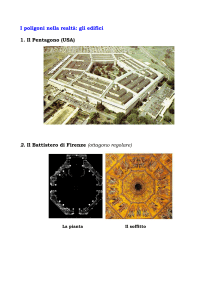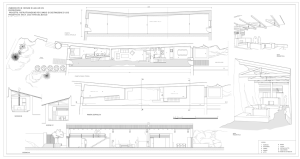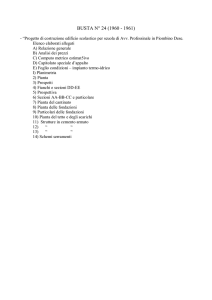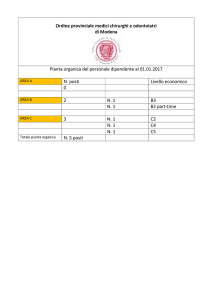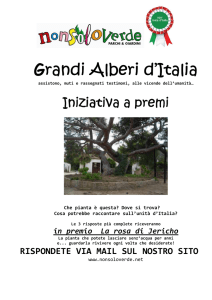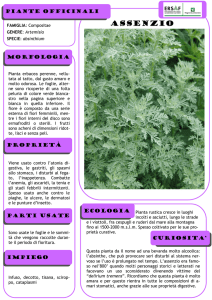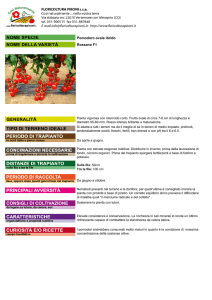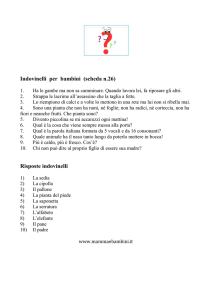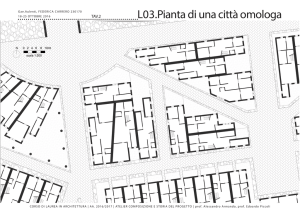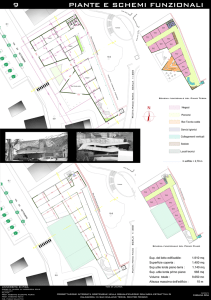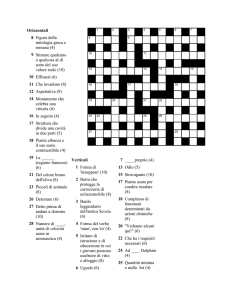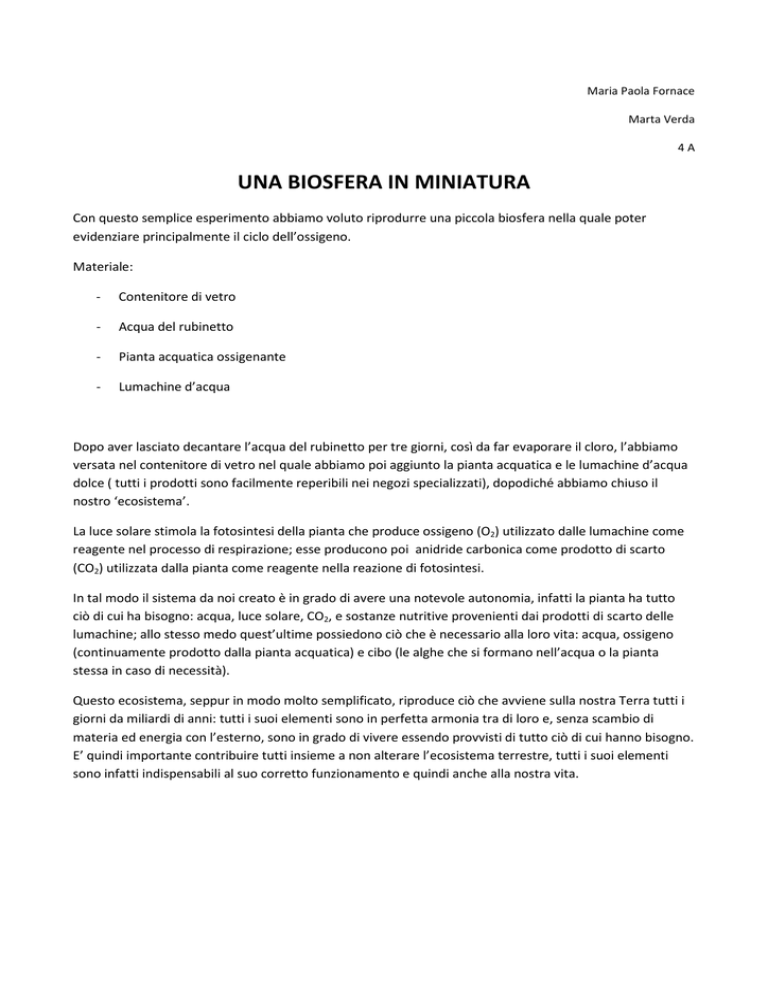
Maria Paola Fornace
Marta Verda
4A
UNA BIOSFERA IN MINIATURA
Con questo semplice esperimento abbiamo voluto riprodurre una piccola biosfera nella quale poter
evidenziare principalmente il ciclo dell’ossigeno.
Materiale:
-
Contenitore di vetro
-
Acqua del rubinetto
-
Pianta acquatica ossigenante
-
Lumachine d’acqua
Dopo aver lasciato decantare l’acqua del rubinetto per tre giorni, così da far evaporare il cloro, l’abbiamo
versata nel contenitore di vetro nel quale abbiamo poi aggiunto la pianta acquatica e le lumachine d’acqua
dolce ( tutti i prodotti sono facilmente reperibili nei negozi specializzati), dopodiché abbiamo chiuso il
nostro ‘ecosistema’.
La luce solare stimola la fotosintesi della pianta che produce ossigeno (O2) utilizzato dalle lumachine come
reagente nel processo di respirazione; esse producono poi anidride carbonica come prodotto di scarto
(CO2) utilizzata dalla pianta come reagente nella reazione di fotosintesi.
In tal modo il sistema da noi creato è in grado di avere una notevole autonomia, infatti la pianta ha tutto
ciò di cui ha bisogno: acqua, luce solare, CO2, e sostanze nutritive provenienti dai prodotti di scarto delle
lumachine; allo stesso medo quest’ultime possiedono ciò che è necessario alla loro vita: acqua, ossigeno
(continuamente prodotto dalla pianta acquatica) e cibo (le alghe che si formano nell’acqua o la pianta
stessa in caso di necessità).
Questo ecosistema, seppur in modo molto semplificato, riproduce ciò che avviene sulla nostra Terra tutti i
giorni da miliardi di anni: tutti i suoi elementi sono in perfetta armonia tra di loro e, senza scambio di
materia ed energia con l’esterno, sono in grado di vivere essendo provvisti di tutto ciò di cui hanno bisogno.
E’ quindi importante contribuire tutti insieme a non alterare l’ecosistema terrestre, tutti i suoi elementi
sono infatti indispensabili al suo corretto funzionamento e quindi anche alla nostra vita.
A LITTLE BIOSFHERE
With this simple experiment , we wanted to reproduce a little biosphere in which to highlight the oxygen
cycle .
material:
- Glass container
- Tap Water
- Oxygenating aquatic plant
- Water snails
After decanted tap water for three days, so that the chlorine could evaporate, we have poured it into the
glass container in which we then added to the water plant and freshwater snails (all products are readily
available in most stores), and then we closed our 'ecosystem'.
The sunlight stimulates photosynthesis of the plant that produces oxygen (O2) which is used by snails as a
reagent in the respiration process; then the snails produce carbon dioxide (CO2) as a waste product and the
plant uses it as a reagent in the photosynthesis reaction.
In this way the system we created is capable of having considerable autonomy; in fact, the plant has
everything it needs : water, sunlight , CO2, and nutrients from the waste products of the snails, and the
snails can also get what is necessary for their life : water, oxygen (continuously produced by the aquatic
plant ) and food (algae that are formed in the water, or the plant itself in case of necessity).
This ecosystem, albeit in a very simplified way, reproduces what has happened on our Earth every day for
billions of years: all of its elements are in perfect harmony with each other and without exchange of matter
and energy with the outside they are able to live, as they are provided with everything they need. Thus, It is
important that all people throughout the world contribute to avoid an alteration in the Earth's ecosystem,
as all its elements are indispensable for its proper functioning and, therefore, also for our lives.

